This website uses cookies so that we can provide you with the best user experience possible. Cookie information is stored in your browser and performs functions such as recognising you when you return to our website and helping our team to understand which sections of the website you find most interesting and useful.
Driving vision: the meticulous world of custom cars
By Rory FH Smith | 3 July 2021 | Cars & Yachts, Lifestyle
As we demand more personalisation from our transport than ever before, Tempus explores the fascinating history of coachbuilding – and why brands are revving up for the return of total bespoke
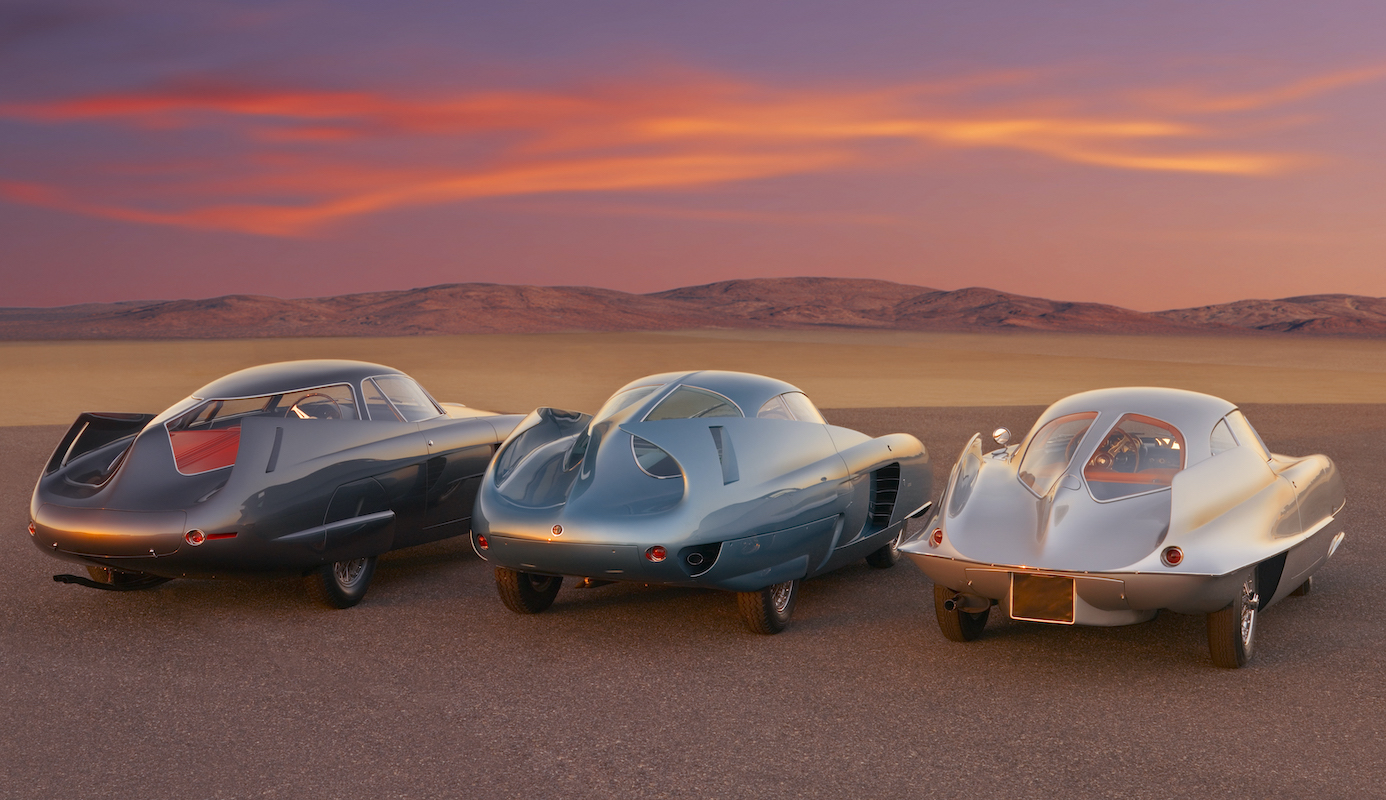
Bespoke is an overused term in the automotive world. Sift through the sales literature of any high-end carmaker and you’ll find the word peppered about like it’s going out of fashion.
In reality, truly bespoke vehicles prevailed in the 1920s and ’30s, a high time of style and substance and a golden age of automotive design, creativity and flair. Fuelling this was a small but specialist group known as coachbuilders – or carrozzieri in Italian – that designed and developed bespoke coachwork for cars of wealthy and well-heeled clients looking for something unique.
While the practice of coachbuilding predates the invention of the automobile, it wasn’t until the high times of the 1930s that coachbuilders started to experiment with new shapes and radical designs. Working on a chassis supplied by carmakers (which included the mechanicals, such as an engine, gearbox, brakes, wheels and controls), their craftwork was commissioned by wealthy owners looking for a unique exterior body style.
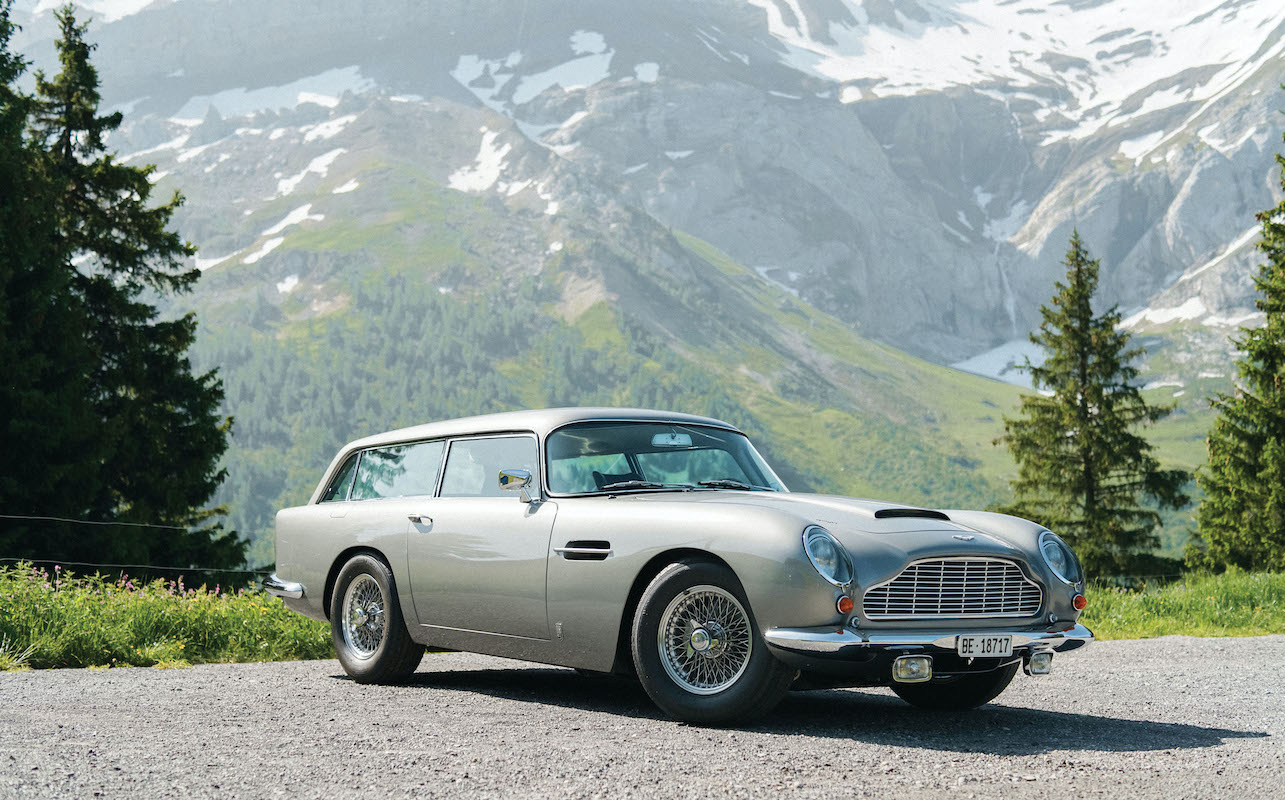
Often inspired by art deco style and streamlined movements, what resulted were some of the most beautiful, expensive and sought-after cars ever seen. While this exuberant golden age of style had all but tailed off by the 1970s, a recent but seismic change in direction for the motoring industry could be the key to kickstarting a new dawn for coachbuilding.
As for the art’s origins in the UK, its roots can be traced all the way back to the establishment of The Worshipful Company of Coachmakers and Coach Harness Makers in 1630. Back then, the craft was focused on building horse-drawn carriages rather than combustion-engine cars, which wouldn’t be invented for another 250 years. While the method of transportation was different, the practice of designing and sculpting a body on wheels was the same, and the art form would eventually transition to motorcars in the early 1900s, spawning well- known names Thrupp & Maberly, Radford and Mulliner by the mid-century.
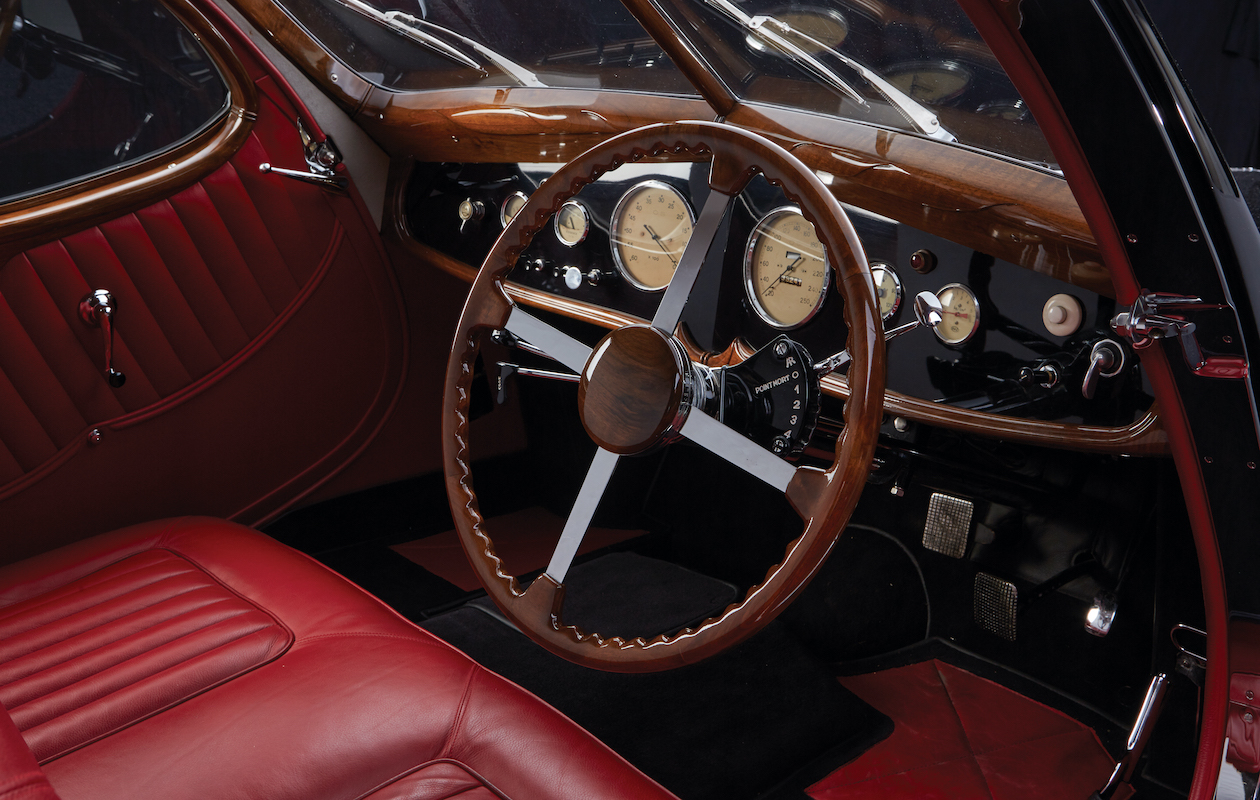
In Italy, it was a similar story – although some carrozzieri, such as Ugo Zagato, cut their teeth in a very different industry. Starting as an aircraft designer during the First World War, Zagato translated his understanding of aluminium to cars, creating designs that referenced his aeronautical training – something that still shines through his company’s unique body styles to this day.
While the most prominent names in the business tended to be based in the UK and Italy, the coachbuilding movement spread far and wide, with North America, France, Germany, Switzerland, Belgium, Austria, Sweden, Spain and The Netherlands all producing notable craftsmen. As most had established their origins well before cars were even invented, it didn’t take long for the most prestigious coachbuilders to make their mark on the global styling scene.
By the early 1930s, it was the Italian coachbuilders such as Touring, Pininfarina and Zagato that dominated the industry, with the world’s wealthiest knocking at the doors of the small family outfits to have their tastes and wishes brought to life in four-wheeled form.
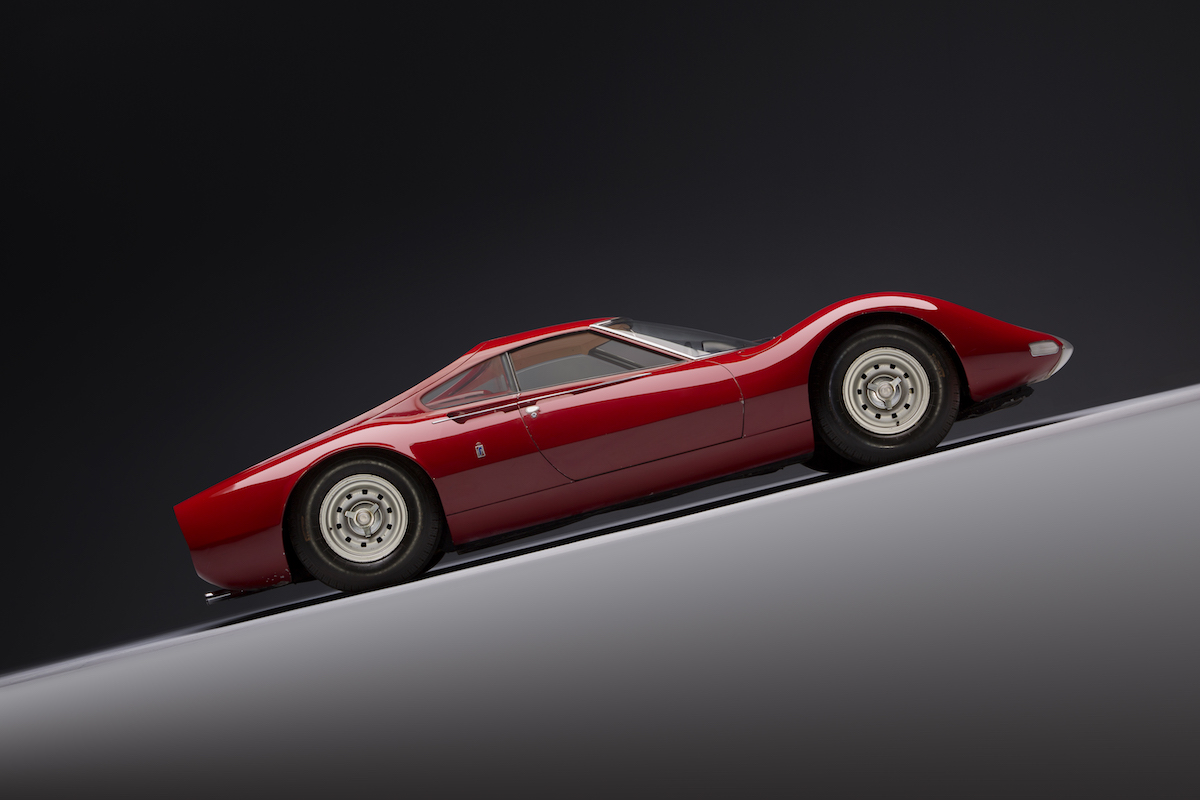
“The founder of Pininfarina is my grandfather, who established the company in 1930 – his story is one of a company and one of a family,” says current Pininfarina chairman Paolo Pininfarina, surrounded by decades of his family-designed cars at the company headquarters outside Turin, 90 years after its foundation. “He started to work in 1906 and was 37 by the time he established the company – it was the first great achievement of his life.”
Paolo’s grandfather was best known as Battista “Pinin” Farina and was born in north- west Italy in 1893. Starting work in his early teens in his brother Giovanni’s body shop, it was there that his interest in cars and penchant for styling started. By 1930, he’d set up Carrozzeria Pinin Farina to design and construct new car bodies and, after making a name for himself, he started working on designs for none other than Enzo Ferrari in 1952. Pininfarina went on to design nearly every Ferrari up to the F12 Berlinetta in 2012.
Bending to the whims and wishes of their clients, coachbuilders dreamt up some of the most radical and stylistically advanced cars imaginable. From nickel-, gold- and silver-plated metalwork to illuminated mascots, intricate glasswork, reptile skin interiors and rare woods – the specification and style of the car was only limited by the owner’s imagination and their means to pay for it. It wasn’t uncommon for a build to cost significantly more than the average family house in the 1920s and ’30s.
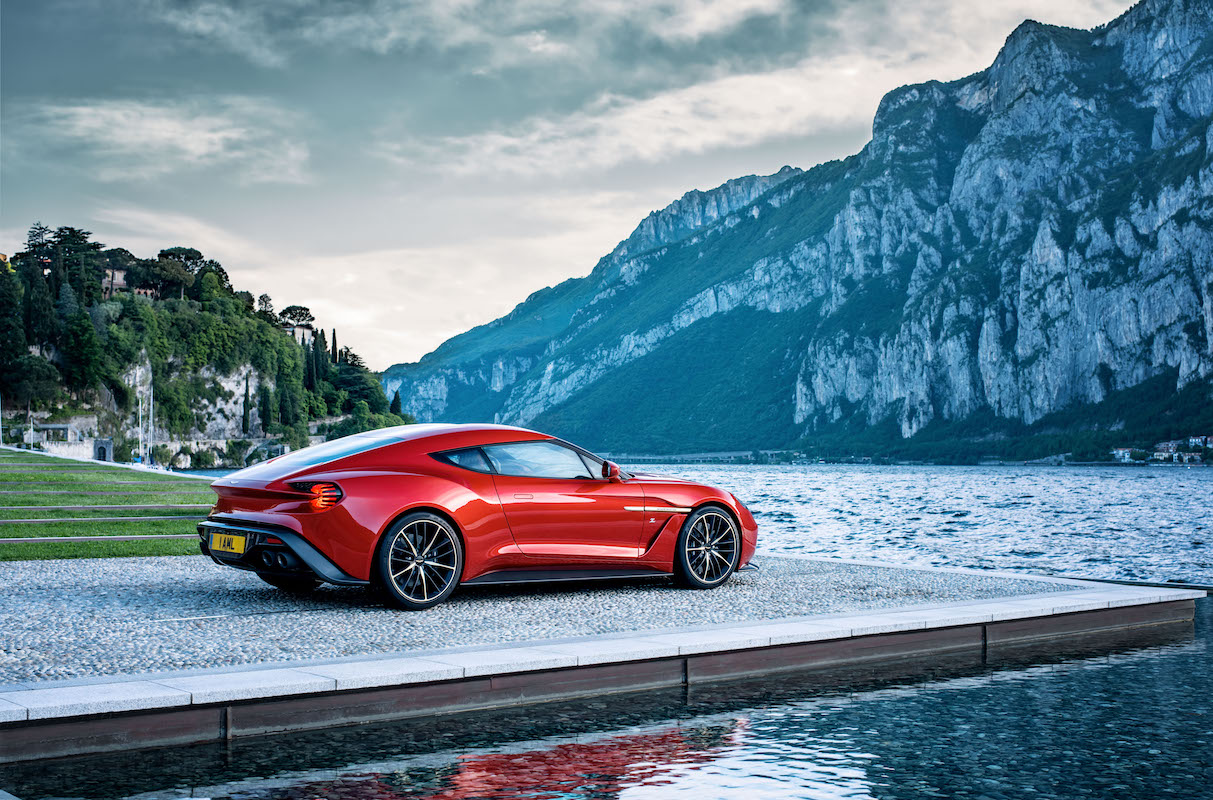
Details aside, the most striking feature of coachbuilt cars is their exterior shape and form. With no need to cater to mass-market tastes or engineering constraints, the cars became a canvas for the true creative power and perception ofthecoachbuilderandtheirdemandingclients.
Swooping lines and streamlined shapes formed fenders, bonnets and wheel arches. Cars inspired by everything from fighter jets to flying saucers – and even sharks – took shape with fins, louvres and curves coming together to form unique works of automotive art.
Cars created by the now-long-gone Figoni et Falaschi coachbuilding concern, such as the 1939 Delahaye 165 or the Talbot Lago T150C SS ‘Teardrop’, are widely regarded as the most extravagant and beautiful coachbuilt cars in existence, with the latter now attracting values of over £3m at auction.
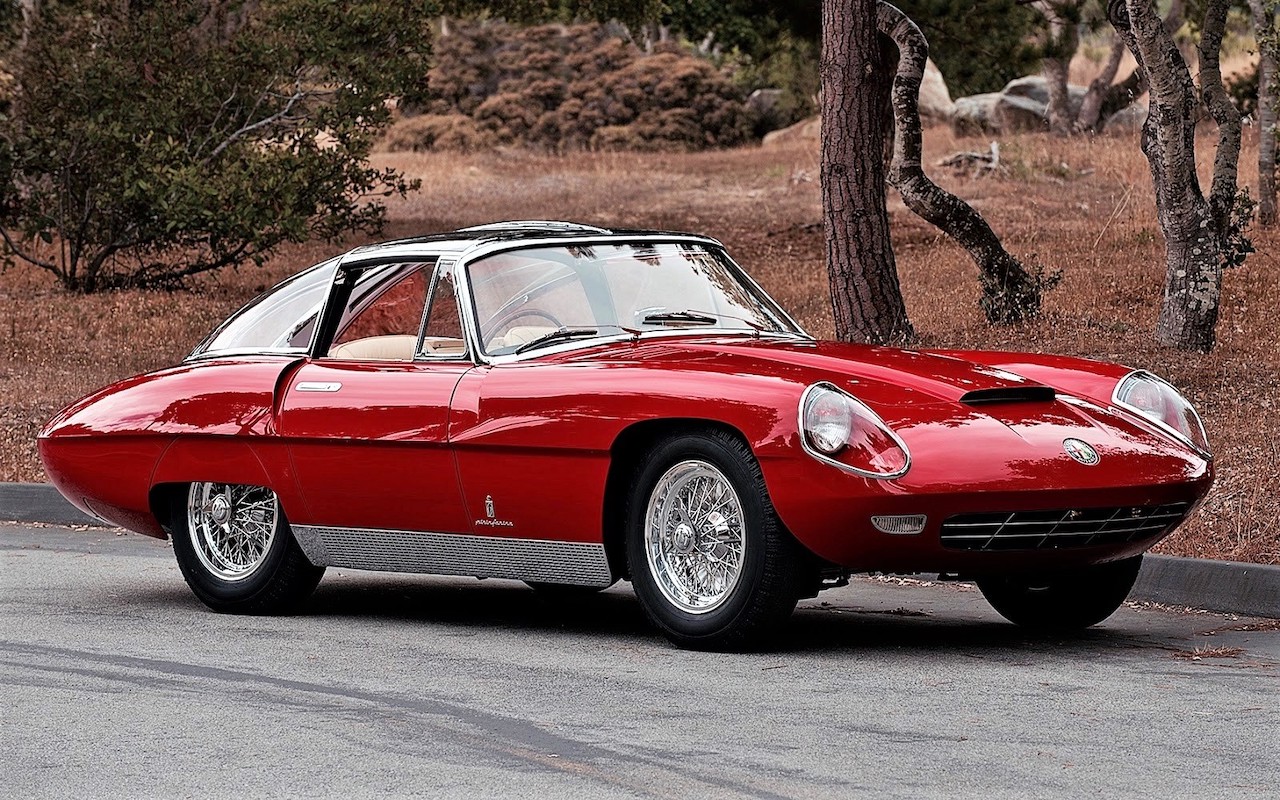
Later in the period, cars such as the Pininfarina-designed 1954 Ferrari 375 MM Coupe Speciale, created for actress Ingrid Bergman; the 1952 Alfa Romeo Disco Volante by Touring; and the series of Berton-designed Alfa Romeo B.A.T cars between 1953 and 1957 saw coachbuilding reach its peak in terms of eccentricity, craftsmanship and character towards the 1960s.
“In 1959, my grandfather went to the White House with the Italian ambassador and met President Eisenhower,” says Pininfarina. “They had a short discussion and President Eisenhower said that he thought Italian design was the very best. He went on to explain how he thought Italian cars were fantastic because they are elegant, light, simple, sensual, durable and classic.”
But the golden age of coachbuilding didn’t last long. In the 1960s and ’70s, car companies embraced new production methods, making cars more affordable and accessible.
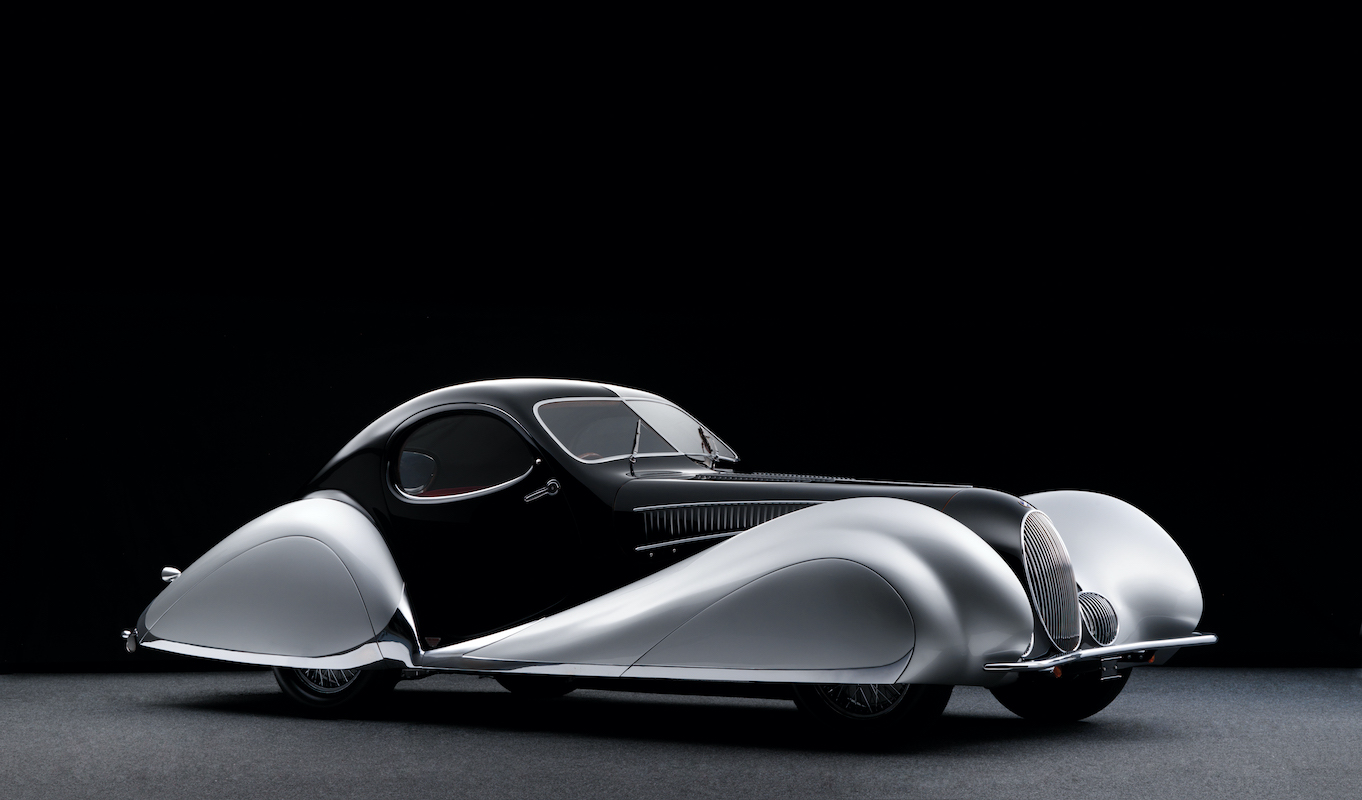
Coupled with more companies choosing to bring the design process in-house, and fewer opportunities for big spenders to sink a small fortune into a bespoke motor, meant the demand for coachbuilding dwindled. While Pininfarina and Zagato stayed buoyant, largely due to their longstanding relationships with Ferrari and Aston Martin respectively, others fell by the wayside.
From then onwards, coachbuilding was largely confined to occasional concept cars and one-off special edition supercars for wealthy owners. Once the pinnacle of automotive progress, many companies within the beleaguered coachbuilding industry turned their hand to design, offering their specialist services to automotive companies and beyond. Few retained their workshops; others, like Bertone, disappeared entirely.
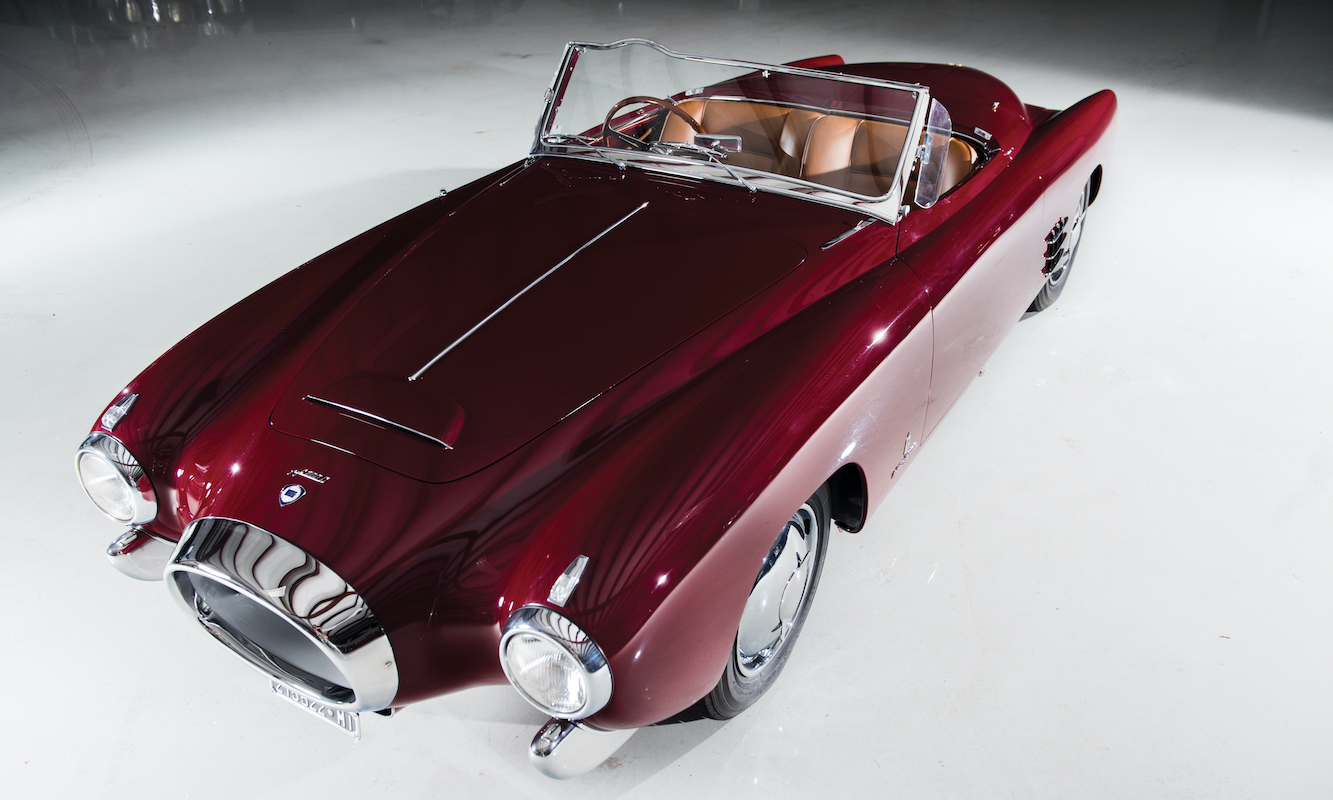
But, after a challenging past 50 years, there is light for this almost lost craft. New coachbuilding companies like ARES Design (by former Lotus Boss Dany Bahar), Niels Van Roij Design and now UK coachbuilder Radford – which is being brought back to life by none other than Formula 1 world champion Jenson Button – have sprung up to revive the coachbuilding community. Even luxury car giant Rolls-Royce has relaunched its coachbuilding division with the £20m Boat Tail commission, rumoured to have been made for music magnates Jay Z and Beyoncé.
While those companies largely specialise in creating bespoke combustion-engine cars, the growth in electric vehicles – which feature fewer mechanical parts to get in the way of the bodywork – could give coachbuilding a much- needed boost. With many EVs destined to share the same automotive underpinnings in the future, coachbuilding could return as a way for car companies and clients alike to set themselves apart from the masses.
“My grandfather always said that, as long as the internal combustion engine is there, there will only be a gradual evolution in the architecture of the car,” says Pininfarina. “But when the powertrain will change, then it will be a great challenge for innovation.”
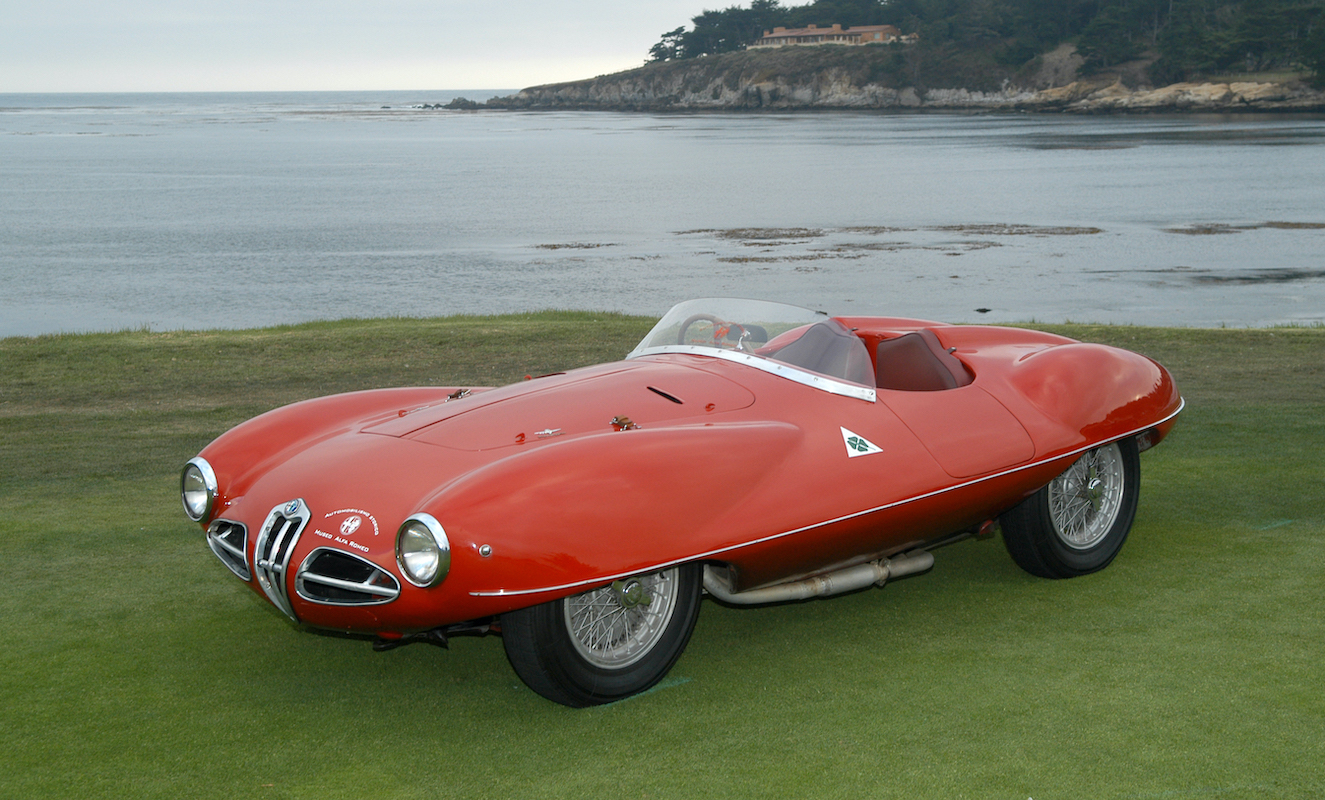
While a century has passed since the golden age of coachbuilt creations, the future looks bright for the industry, as automotive art proves to be an increasingly popular solution for those seeking exclusivity.
“If you ask me what the best project for Pininfarina is, I would say it’s the next project,” says the car design maven. “The past is important but now we are focused on the future.”
With many wealthy car collectors searching for the most unique four-wheeled creations and an industry speeding towards mass electrification, it seems coachbuilding’s long-overdue new dawn could be just around the corner.







